Recent Articles
Popular Makes
Body Types
Driving an Electric Vehicle vs. a Gasoline Vehicle

MildHybridAdobe
You don’t have to have a high-tech version of a crystal ball to grasp that the momentum is swinging in favor of electric vehicles and away from conventional gasoline-powered cars. Not since the first decade of the 20th Century (120 years ago) has there been such upheaval in automobile powertrain. In the early 1900s, many thought that electric cars would quickly become the dominant vehicle type. There was a lot to recommend them versus the cantankerous, smelly, and exhaust-belching gasoline cars. But ironically, the invention of the electric self-starter for gasoline engines gave gas cars the boost they needed to become the go-to vehicle tech for the next century. Before that, gasoline engines had to be crank-started by hand, a difficult process that resulted in many injuries. Now, as we transition to what appears to be an EV future, it is useful to examine the differences between driving an electric vehicle and driving a conventional gasoline-powered car.
Important Differences
The fact is, there are important differences in how the two vehicle types behave, and that is what we will examine here. This is not a cost/benefit analysis. This is not designed to persuade you that driving one vehicle type is better, more virtuous, or more fulfilling than the other. (If you’re looking to your car for emotional fulfillment, you might need help in other areas of your life.) This article is designed to give you a comparison between the two vehicle types in various aspects of driving. It is not a perfect comparison because it involves generalizations; neither all EVs nor all conventional cars are alike. But the two types do differ in important ways that are worth knowing before you make your next car purchase. Based on thousands of miles of driving experience in both vehicle types, here is a comparison between driving an electric vehicle and driving a conventional gasoline car.

Photo by logoboom - stock.adobe.com
Starting a Conventional Car
Starting a gasoline car has changed over the past two decades. Back before the turn of the millennium, most cars used “key start.” The driver inserted the ignition key into the appropriate slot in the dash or steering column and twisted it. This closed an electric circuit with the aforementioned electric starter motor that spun the gasoline engine into operation. The engine would start up and idle at low engine revolutions until called upon to spin the crankshaft faster via the accelerator pedal. In current conventional cars, the driver doesn’t insert a key but instead pushes a button to get all this magic to happen. Regardless, the process is otherwise virtually identical.
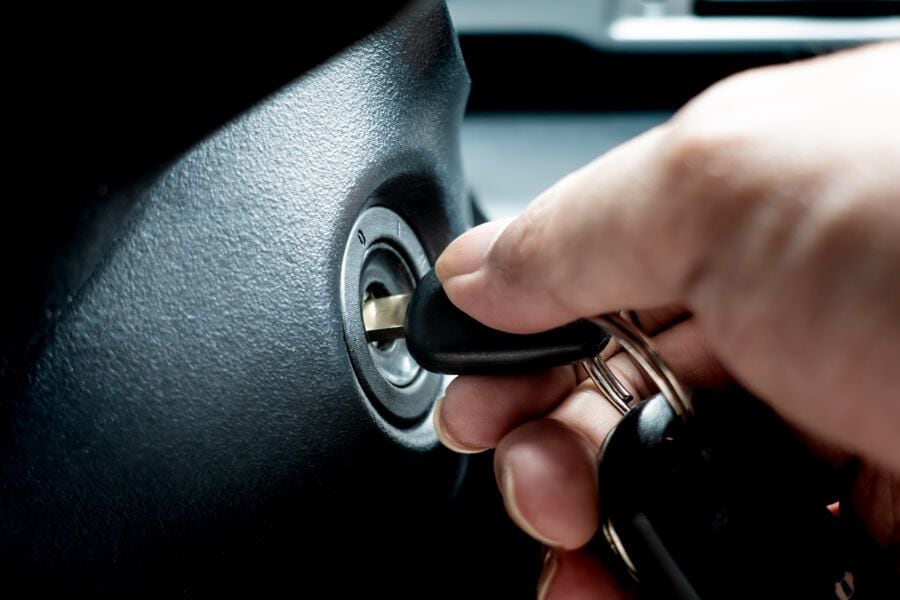
Starting an EV
Starting an electric car doesn’t involve starting an engine... because there is none. When entering many electric cars, the driver must push an on-off switch that enables power to go from the battery to the electric motor (or motors) when desired. Some electric vehicles are activated by the simple act of sitting in the driver’s seat. When turned on, there is no obvious indication that the car is “running” because there is no engine or exhaust sound. The only clue that the vehicle is ready to operate is the fact that the instrument panel lights up. Just as it makes sense to check the fuel gauge in a gasoline car when it is started, it is equally or even more valuable to check the EV’s state of charge to get an approximation of the distance you can drive before you have to recharge the onboard battery.
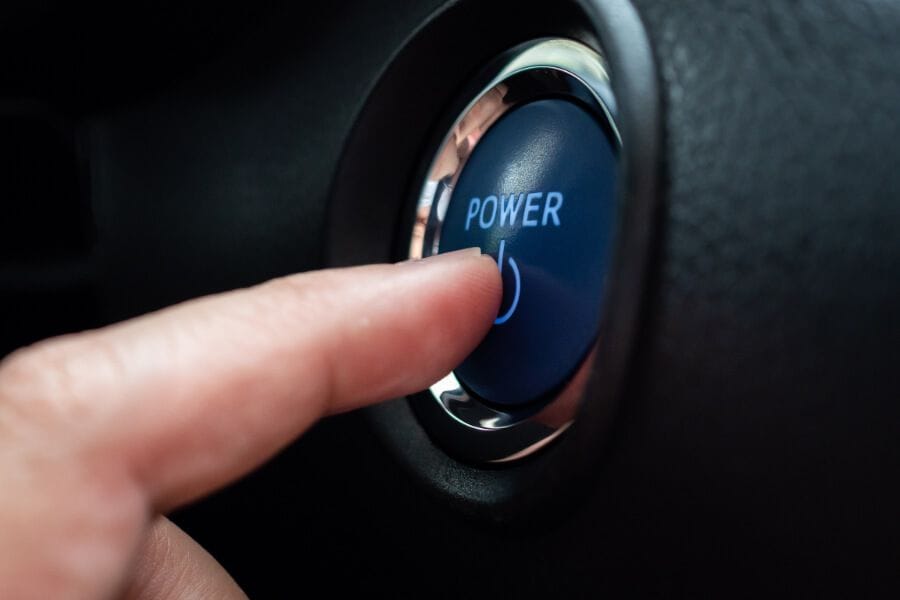
Getting Underway in a Conventional Car
Starting motion in a conventional gasoline car requires that the driver select a forward gear (with an automatic transmission that means “putting the car in drive”) while maintaining foot pressure on the brake pedal. As the brake is released, the typical gasoline car will creep forward without any pressure on the accelerator. The process is more complicated in a gasoline car equipped with a manual transmission, but since less than 10% of cars are equipped with manuals these days, let’s skip that process. To go beyond a “creep,” the driver must apply pressure to the accelerator pedal. That, in turn, delivers more air-fuel mixture to the engine, causing it to turn its crankshaft faster. The crankshaft delivers power to the automatic transmission, which transfers the engine’s torque to the driving wheels through half shafts to each driving wheel.
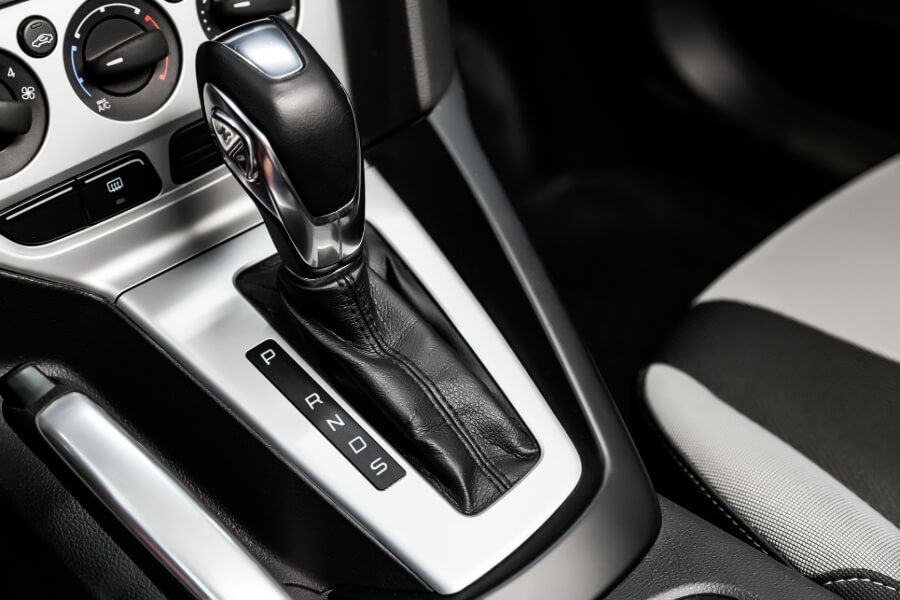
Getting Underway in an EV
Starting motion in an electric vehicle requires the driver to select Drive while maintaining foot pressure on the brake pedal. A key difference is that the majority of EVs don’t creep forward as the brake is released. Instead, they require the driver to apply pressure to the accelerator, which in turn sends electricity to the drive motor or motors. Without pressure on the accelerator, some EVs can roll backward until driving torque from the motor(s) is engaged. This can be disconcerting to drivers accustomed to conventional vehicles that creep forward without the use of the accelerator. EV makers are now grappling with this issue. Technology should make it possible to offer drivers the option of a “creep” mode, one of many possible driving options controlled by EV software.

Acceleration & Cruising in a Conventional Car
To add speed to the motion of a conventional gasoline-powered car, the driver “gives the car more gas” by applying additional pressure to the accelerator pedal. This sends signals to the fuel-injection system to deliver more fuel to each cylinder in sequence while the car also adds more outside air. In a supercharged or turbocharged engine, the additional air is applied under pressure. As this is occurring and the vehicle goes faster and faster, the transmission uses a series of gears to keep the engine running efficiently in the proper range of engine revolutions. All this typically involves the creation of some sound while at the same time there are momentary lulls in forward motion as the transmission shifts from one gear to another. Most modern automatic transmissions deliver very little “shift shock” during those gear changes, but if you pay attention, it is noticeable.

Acceleration & Cruising in an EV
In contrast, acceleration in an electric vehicle is exceptionally smooth and silent. To accelerate the driver adds pressure to the accelerator pedal, and that sends more electricity to the drive motor or motors causing more driving torque to be delivered to the driving wheels. Throttling back sends less power, enabling friction to slow the acceleration. The typical electric vehicle does not have a multi-gear transmission because that is not required to keep the motors operating in their appropriate ranges. Because of this and because electric vehicles don’t require combustion, an EV is inherently quieter than a gasoline-powered car. Power delivery is essentially linear versus a gasoline car that must operate within narrowly defined engine-revolution ranges facilitated by a multi-gear transmission.
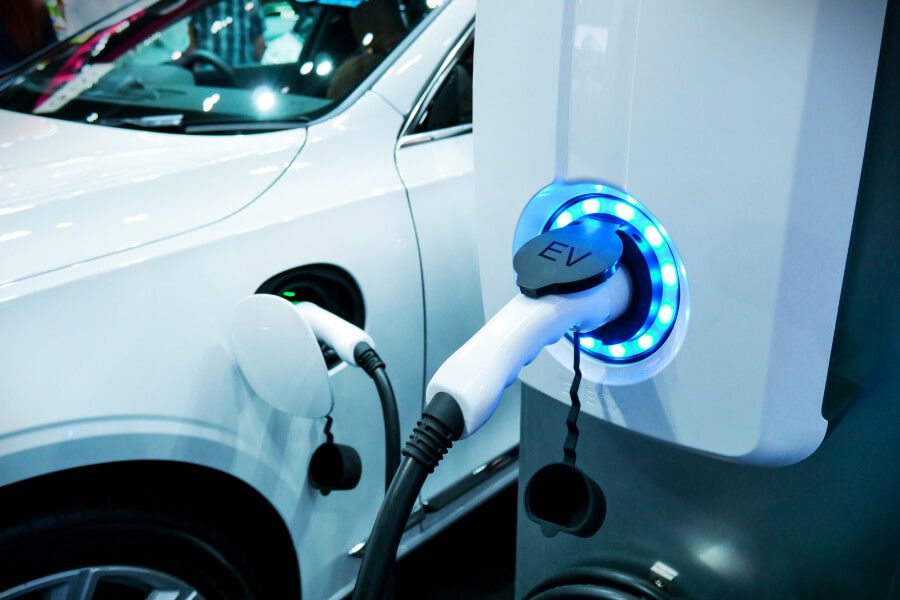
Braking in a Conventional Car
A conventional gasoline-powered car uses brakes to enable the driver to slow and stop its motion. The brakes accomplish this by using clamping force to apply pressure to a disk that is firmly attached and acts in concert with each wheel. When the driver applies foot pressure to the brake pedal, pressure is applied to the brake calipers (clamps) that make contact with the disk. The resulting friction slows each wheel. As this process is taking place, the energy involved is released as heat. Brakes that overheat will not function properly, but that is rarely an issue in a current car being operated normally.

Braking in an EV
Most electric cars capture some of the energy involved in deceleration and braking via “regenerative brakes.” In such a system, some of the energy that is typically lost as heat is captured and fed into the vehicle’s onboard battery pack. While this adds efficiency, it can give the brakes and deceleration overall an unnatural feel as if the brakes are “grabbing” prematurely. Because of this, many of the most recent EVs allow their drivers to select the levels of regeneration they feel comfortable with, ranging from very aggressive to little or none. Higher levels of regeneration add efficiency and range but often result in an uncomfortable brake feel. Some EVs use their regenerative braking to facilitate “one-pedal driving.” With this function enabled, the driver does not need to use the brake pedal to slow or even stop the vehicle. The braking action is initiated when the driver’s foot leaves the accelerator pedal.
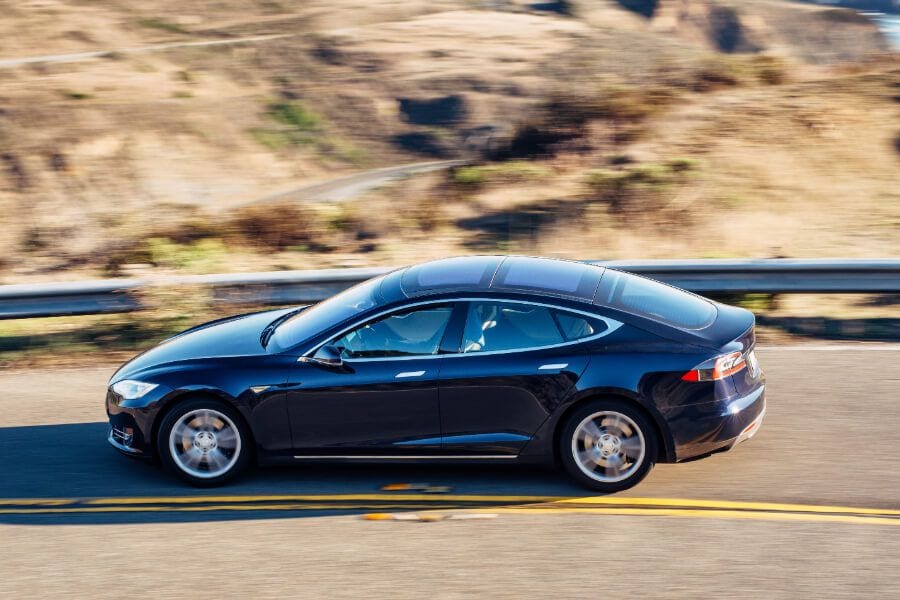
Handling in a Conventional Car
Because of the (sometimes substantial) weight of the battery, electric vehicles have a different feel than conventional gasoline-powered cars in handling maneuvers. The added weight of the batteries is less notable in straight-line acceleration because the virtually instant torque of an electric drive motor overcomes the weight penalty of the battery. For this reason, some EVs can accelerate with lightning quickness. This agility is supplemented by the fact that many high-powered EVs use all-wheel drive to aid traction and “hook up.”
